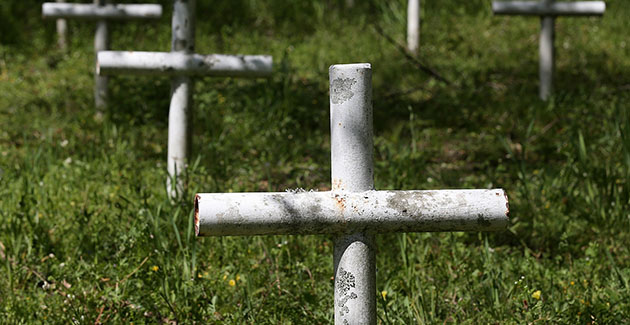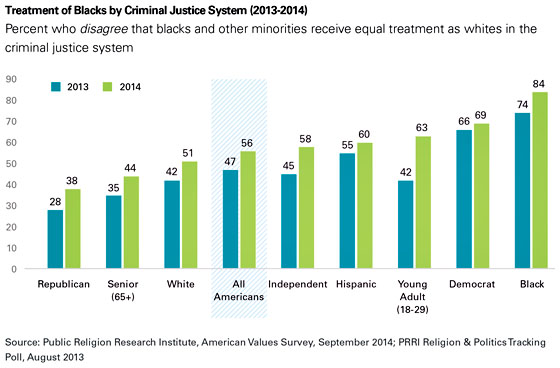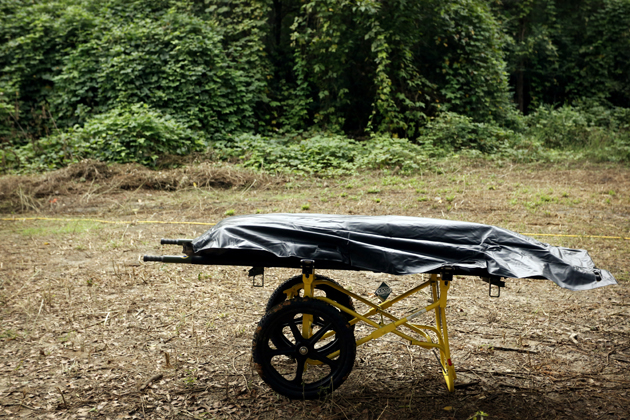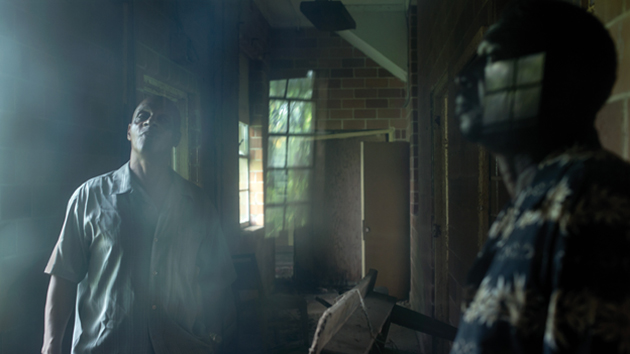
Earl Wilson, 12 years old when he died in 1944, was buried in a cemetery on school grounds marked by random crosses.Andrew Wardlow/AP
In August 2013, in an article titled, “It Was Kind of Like Slavery,” Mother Jones recounted the experiences of five former students who had returned to the notorious Florida School for Boys (a.k.a. Arthur G. Dozier School for Boys) to draw attention to the horrors they’d encountered on “the black side” of the once-segregated campus.
On Thursday, forensic researchers from the University of South Florida announced that they’d identified the bodies of two more children buried on the campus, one white, one black. The boys—Earl Wilson and Thomas Varnadoe—are the second and third set of remains to be identified since the researchers began excavating at least 55 graves at the school last year. The remains of George Owen Smith were identified in August.
State officials shuttered the school in 2011 after more than 100 years of operation, and repeated, sustained allegations of abuse, sexual assault, and even murder. Before Dozier closed, a US Department of Justice investigation found ongoing “systemic, egregious, and dangerous practices” there.
Wilson, who was 12 when he died in 1944, is the first black child identified to date. The school was bad for most boys, but the situation was certainly worse for the black students, who were forced to perform grunt labor, for example, while the white kids were allowed to learn a vocation. According to USF, Wilson was one of nine students housed in a “small confinement cottage” known as the “sweat box.” Several days after the boys were moved into the cottage, Wilson was allegedly killed by four of his fellow students.
















